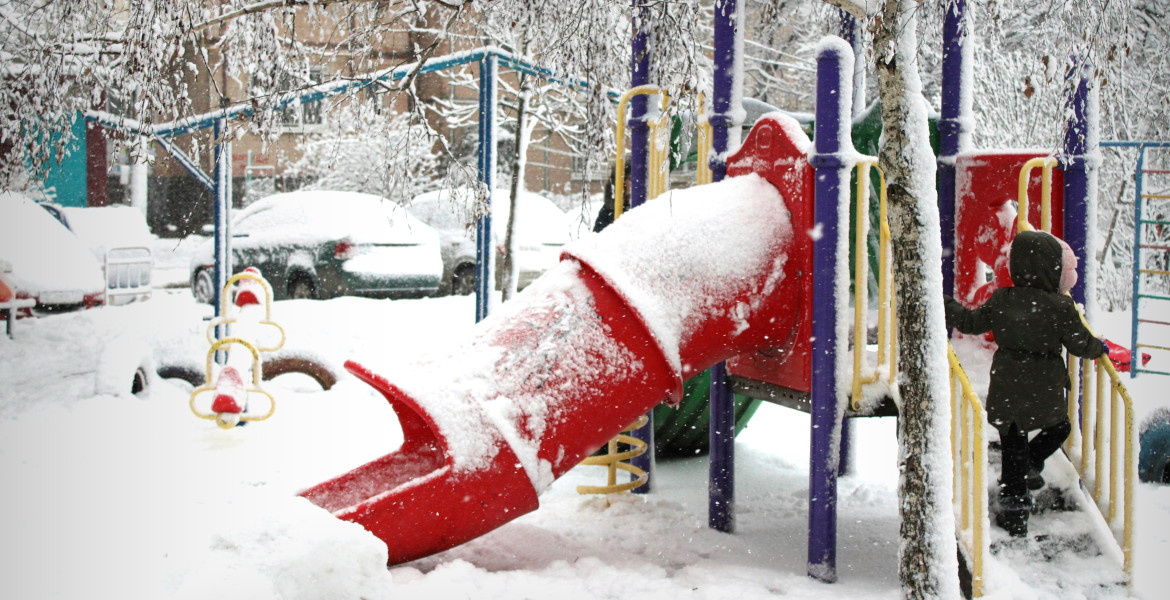Around half of Sweden’s preschools are located in areas where the outdoor air can be directly harmful to children, according to a review by the taxpayer-funded radio news programme Ekot. Despite this, the preschools meet current legal requirements – requirements that experts say are outdated and need to be updated.
Together with SMHI, the taxpayer-funded Swedish Radio (SR) analysed the outdoor air in more than 9,000 preschools across the country. The study used a new advanced model to calculate the level of air pollution at the neighbourhood level across Sweden.
SMHI looked at previous air measurements and then added more details, including emissions from road traffic, wood burning, buildings and weather.
About half of the country’s preschools are located in areas where air pollution is at levels that are harmful to children, according to the World Health Organisation (WHO). This is partly because most preschools are located near major roads.
“Affects children’s overall exposure”
Because children are more sensitive to air pollution than adults on a group level, they are also more likely to experience adverse health effects, says Anna Oudin, Associate Professor of Epidemiology at Lund University.
– We know that many children spend most of their time outdoors at preschool. So where the preschool is located affects the children’s overall exposure, Oudin told Ekot.
Despite this, preschools still meet the current legal requirements, but several experts Ekot spoke to believe that these legal requirements are outdated and need to be updated.








